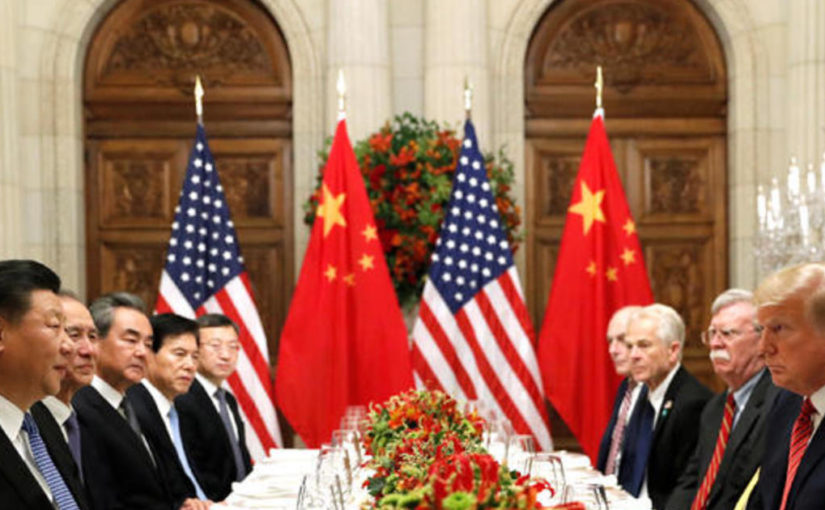"A recent survey by the American Chamber of Commerce in China shows that 41% of the respondents considered relocating or had relocated manufacturing facilities outside of China, but only 6% were considering moving back to the United States. Southeast Asia was the top destination. " -Townhall
This is an overview of the complexities and issues that a company must deal with in order to relocate their factory out of China and place it back in the United States. It’s not as easy as it sounds, and we discuss the issues involved independently outside of the contentious American political scene.
We discuss the functional and practical issues with relocating a factory back to the United States from China. Not, the political issues, nor the need for America to reclaim it's manufacturing base. Those are other issues that will not be addressed here. Though, let it be clearly understood, that I stand with Donald Trump in that there is a serious need to restart the American industrial machine and fire it up back to a level of productivity in order for the USA to maintain a global leadership role.
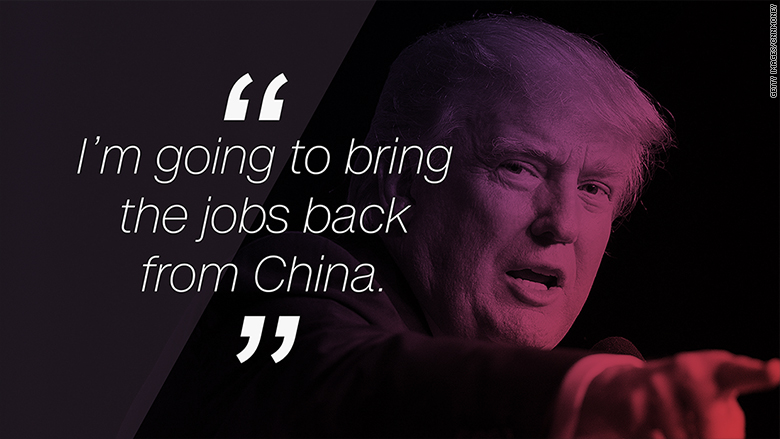
This entire issue came to a head when President Trump “ordered” American factories currently in China to “uproot” and Return back to the United States. It made all the headlines, don’t ya know?
- Trump wants US companies to leave China.
- AmCham: Trump’s order for US firms to leave China
- Could Donald Trump force US firms out of China?
- US firms that leave China on Donald Trump’s ‘order’
- Trump wants us to leave China, but he’s blocking the exit
- The Latest: Trump defends ordering companies to leave China
- US China trade war: Trump ordered US companies to leave
- Trump insists he can force companies to leave China
- Despite Donald Trump’s best efforts American factories won‘t
- Trump’s Economic Iron Curtain Against China – Foreign Policy
All in all, it sounds so easy.
However, the truth is that is it is extraordinarily difficult thing to do. And no, as much as I would like all of youse guys to hire me, you just can’t hire an “expert” to handle things and expect them to be done to your satisfaction. It doesn’t work that way.
Sorry.
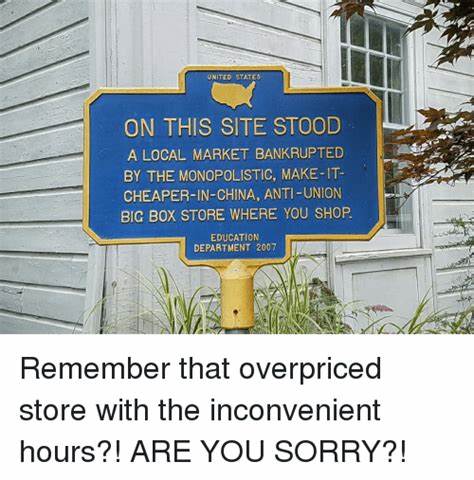
While there are ways to accomplish this task, there will be a hit in quality, price, and delivery time. All of these issues will affect the market share of the companies that agree to relocate. This damage to the market share for the companies involved should not be discounted. For many, it will manifest as a dance with death.
Here we discuss the most important issues that a company CEO, or owner would need to consider when contemplating relocating his company out of China.
Full Disclosure
For starters, I must make the full disclosure. Please take note that I was one of those “evil” Americans who relocated factories out of America and placed them in China. It was my job and maintained this role for a solid fifteen years if not longer.
Call me an a$$hole if you like.

It’s not like I wanted to do it, so much as starving in a food-stamp line really sucked. I followed the money. You take what work is available and you do not question the person cutting you a paycheck. Sure beats scrubbing toilets, hauling manure, or judging the sex of chickens. Truth this.
It was difficult scraping by in Western Pennsylvania, West Virginia and Ohio. I was just happy to get a job any job when unemployment (actual) was in the double figures.
For decades, people like Trump’s trade director Peter Navarro have warned us that something like this would happen someday. But we were condescendingly told, This is capital seeking the most efficient market! And, anyway, if China screws with us, we’ll just make it ourselves. Really? With broken-down buildings, a dispossessed workforce and no machinery? Unfashionable working-class people in the industrial Midwest were discarded long ago. They may as well have had “obsolete” stamped on their foreheads. -Ann Coulter
Ah. Maybe you the reader are unaware of the existence of the “rust belt” and us sorry sacks that lived there.

I was hired for that task and did it to the best of my ability for numerous companies throughout the late 1980’s into the new century. Once Bill Clinton came to office, it just seemed like the “flood gates” opened up and just about everyone wanted to uproot and move their operations to China.
So, I do know what I am talking about.
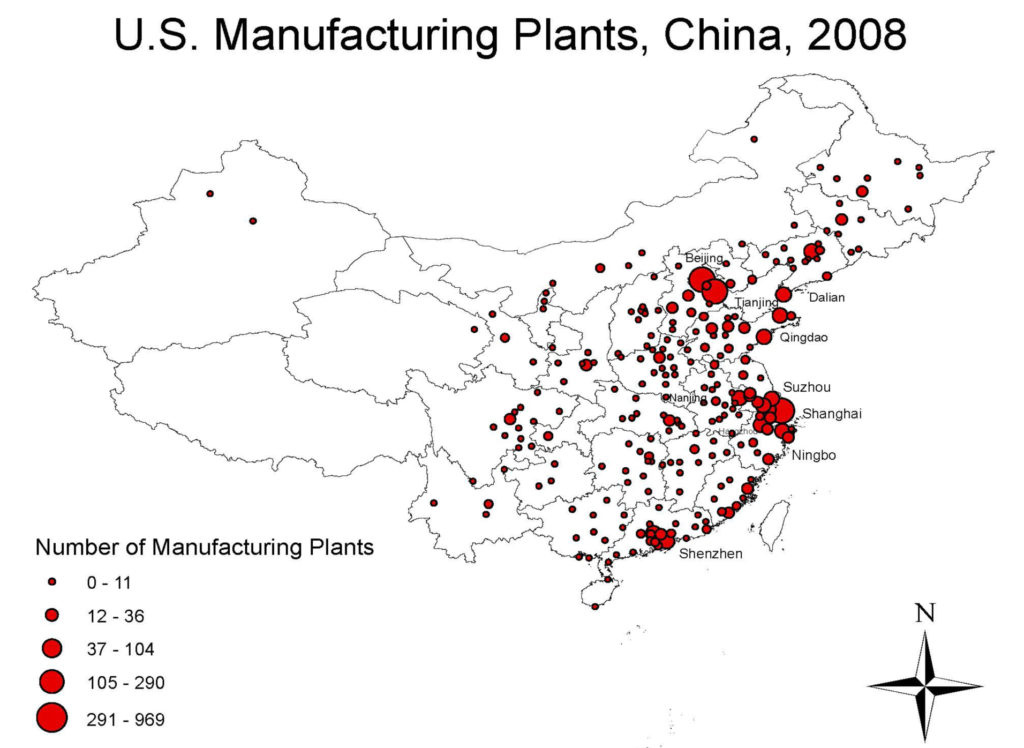
And no, moving American factories back to America from China is not as simple as Donald Trump, Fox news, CNN, WaPo and the Drudge Report makes it out to be. It’s complicated. If handled poorly the entire American industry segment can be wiped out completely (rather than just simply outsourced).
Listen up!
Let it also be clearly understood that it was much easier to relocate a factory to China than it would be to reverse the effort, and relocate it to the United States. Yes. It’s like eating a delicious pizza. Once you eat it, you cannot regurgitate it up and present the vomit for resale. Now, can you? Nope you cannot.
We will cover some of these points in this article.
China makes everything
Most Americans are under the impression that the only things that China makes is cheap and useless junk. That is because of three things. [1] Ego, [2] Mainstream American media, and [3] Walmart.
The truth is that China is the manufacturer for the world.
- Most computers are made in China.
- Most clothes washers are made in China.
- Most cell phones are made in China.
- Most automobile engines are made in China.
- Most transmissions are made in China.
- Most tires are made in China.
So do not be under the erroneous assumption that it’s easy to relocate a factory back to the USA. These are, for the most part, not low-technology factories. (The low-technology factories have long since moved to even cheaper nations with less regulation, like Vietnam and Cambodia.)
Today, most American owned factories in China are much more advanced, than what is assumed. They are far more automated than the American mainstream news media lets on.
Take a look at what these factories make…
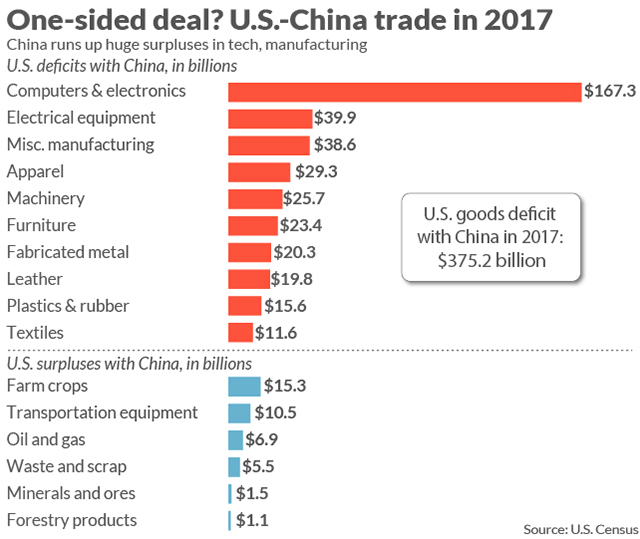
ACME Widget Technology Inc.
To better help understand the issues involved, we will use a fictitious American company. This company is based on a number of actual companies that I worked at where I relocated the factories to China. It is an amalgamation of numerous actual companies that I am sorry that I'd rather not announce publicly. As I did sign NDA's at all the companies.
This fictitious company is called ACME Widget Technology Inc. This company was a very prosperous consumer appliance company that was established in the 1950’s and was a major player in the consumer market during the 1960’s into the 1970’s.
They manufactured a wide selection of consumer appliances ranging from “white goods” (washing machines, stoves, and other large appliances), to “kitchen appliances” (microwave ovens, toasters, coffee makers) to “Lawn and Garden” appliances (weed-wackers, lawn-mowers and chainsaws).
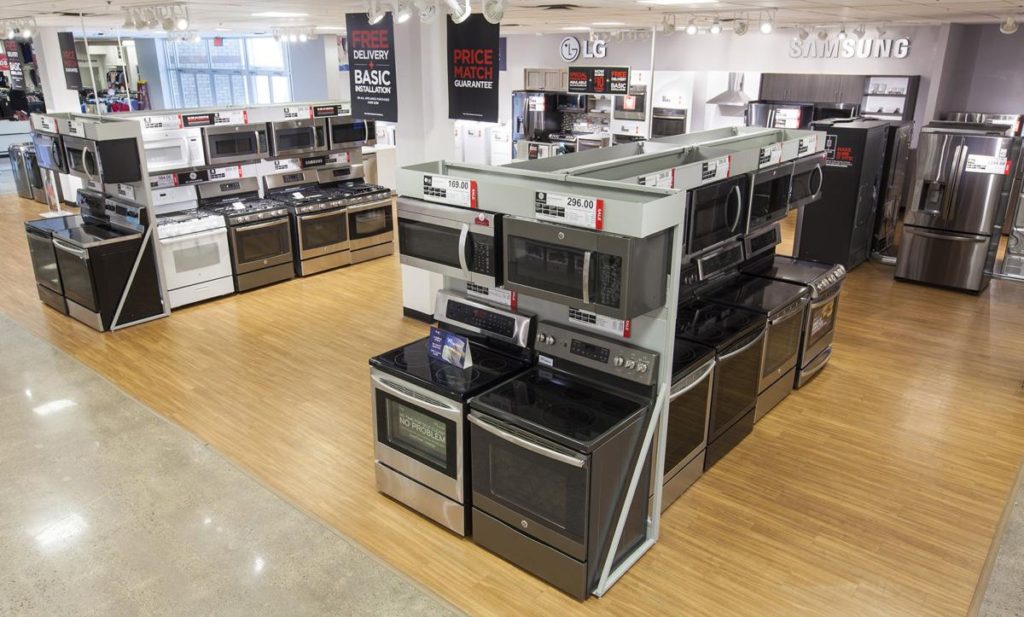
At their peak they employed over 10,000 American workers.
They operated numerous individual specialized factories, each one customized for a specific product line. As such there was one factory for personal scales, a different factory for heated cooking appliances, a factory for outdoor grills, and another one for washing machines. For all the various product lines, there was, perhaps, 30 to 45 factories at the middle of the 1990’s.
Most of these factories were in the Southern states, with the bulk of the factories in Louisiana, Mississippi, Alabama, and Tennessee.
(They were initially in the North in the Great Lakes region, but relocated during the 1970's to the South East. They did so for lower wages (1/4 the rate) and the ability to skirt the onerous regulatory and union requirements.)

While the factories were in the Southern states to take advantage of the low labor rates, and “friendly” (at that time) business climate, the corporate offices were elsewhere. Marketing, Sales and the Commercial management offices were located in a suburb of Chicago. Perhaps you heard of it, Schaumburg Illinois?
While Engineering, Quality, Tooling and Test facilities were located within a days drive of any of the specialized factories in the deep South. Their offices were in the town center of one of the many numerous small Southern towns. Hattiesburg, Mississippi, perhaps you have heard of it?

A 1980’s Hostile Takeover
In the 1980’s a group of investors seized control of the company. It was hostile, and thus the term “hostile takeover” become commonly used. (Remember the movies “The secret of my success”, and “Other people’s money”.) They laid off a significant percentage of the workers, shut down and sold off various factories and divisions (Remember the movie “Pretty Woman”?) and “Chainsaw” Al Dunlap?
It was a “bloodbath”.
Their goal was to strip-mine the company for personal profit. They felt that they could do with the company as they wished as they held controlling interest in it. And, since no one was doing anything to stop them from this (terribly unethical) activity, they were correct.
Without enforcement of the laws, or the selective application of laws... they functionally do not exist. Given the crimes of the Washington oligarchy, this should be painfully obvious to everyone in America today.

I was hired to move companies to China.
Within this contentious environment, where the wealthy and successful were guzzling XO and cavorting with high-paid hookers, (while us working “normals” were discarded as “useless riff raff”), they hired me to do three things;
- Relocate specific factories to China
- Create Joint Ventures with existing Chinese factories
- “Farm out” specific product lines to existing Chinese factories and create a partnership whereas we would purchase complete products from them though our Purchasing organization.
They wanted to move the plants to China for the simple reason that the wages were far less, the rate of exchange USD to Yuan was in the favor of the United States ownership, and that regulations, laws, and controls were lax, or in many cases, not present at all.
The operational costs American facility vs Chinese facility + Logistics costs were like "night and day". It was absolutely mind blowing how much cheaper it was to manufacture products in China compared to the USA.
Not to mention, of course, that the Chinese were actively courting American businessmen to “sell their soul”, “sell out their countrymen”, for a life of ease, prostitutes and a never-ending supply of recreational drugs.
First, they hired slick American marketing firms and convinced giant U.S. companies to relocate manufacturing to China by providing $1 leases for comparable plants and abundant cheap labor. Wall Street fell for it. Secondly, state-subsidized Chinese companies flooded U.S. markets with products at one-third the prevailing price. The result: In short order, most American manufacturers had to file for bankruptcy. Then, these same Chinese firms shamelessly swept in and bought up our manufacturers’ now-unused equipment for pennies on the dollar.We were asleep. Sure, it cost China some money in the early stages, but per their long-term plan, China became the world’s top manufacturer and resource for such fire-sale buy-outs at the same time. The plan was masterful, the U.S. and American stakeholders fell for it hook, line and sinker. I personally observed this wholesale takeover up close from 1990 to 2010. -Townhall
Note on the quote above: No American citizen can lease under the terms mentioned in the quote. Only the Chinese partner can take advantage of that lease arrangement. While the quote is a good one, it is very deceptive.
But moving into China was not as straight forward as it appeared. You just don’t hop on a plane with a suitcase full of cash, point to a factory and say “I want that one”. To operate in China (up until around 2008 or so) you needed to create a joint-venture partnership with an existing Chinese factory. So that is what ACME did. They partnered up with existing Chinese factories.
The primary advantages in having a joint venture in china was labor rates, regulations, and favorable trade terms. Anything else is speculative.
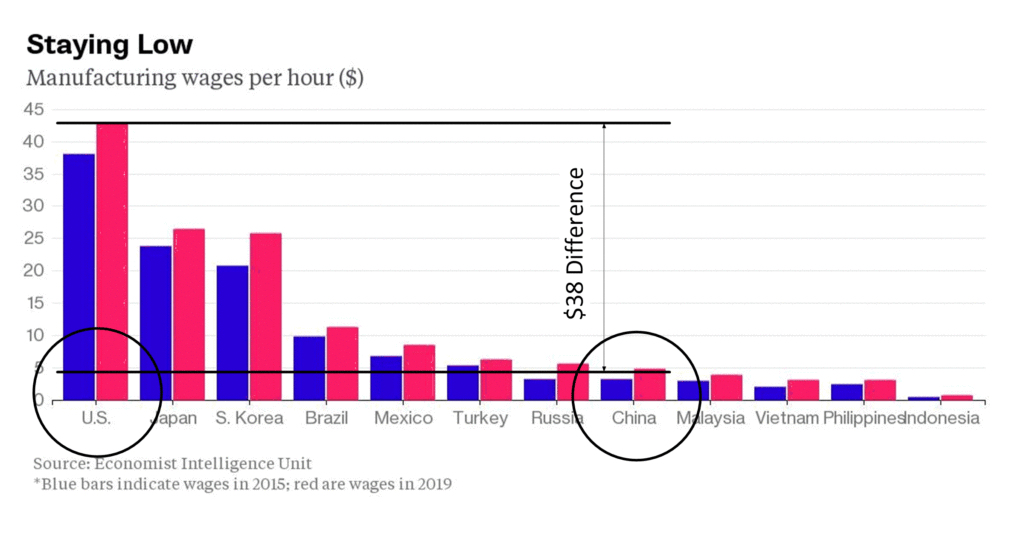
The Dismantling of American Industry
These actions took place throughout the 1990’s and by the tail end of the decade, almost the entire product line for ACME was manufactured in China.
All in all, it took nearly a decade to move operations off shore without seriously affecting market share and the confidence of our customers. Our name brands remained intact. Commercial campaigns for the sales of ACME products were given top spots on television and through newspapers.
The Design, and Quality staff remained in the United States.
However, that too began to be outsourced as well. With Engineers from India, and China working alongside American Engineers. Eventually, the complete Engineering and Quality groups were wholly outsourced to China.
None remained in America.

Customer Service activity was outsourced to India. None remained in America.
This remained true even after a flood of complaints about the quality of the customer service. They worked for a fraction of the cost of Americans, and with that pittance lived a upper-middle class lifestyle in India. The company savings went directly into the pockets of the owners of ACME.
Thus the resultant reorganization of the company resulted in very competitive prices that appealed to the major retailers. Walmart, Target, Sears, Home Depot, Walgreens and others all placed ACME Widget products in key SKU (Stock Keeping Unit) locations in their stores.
In other words, displayed predominantly, at eye-level on shelves, and in high visibility locations within stores.
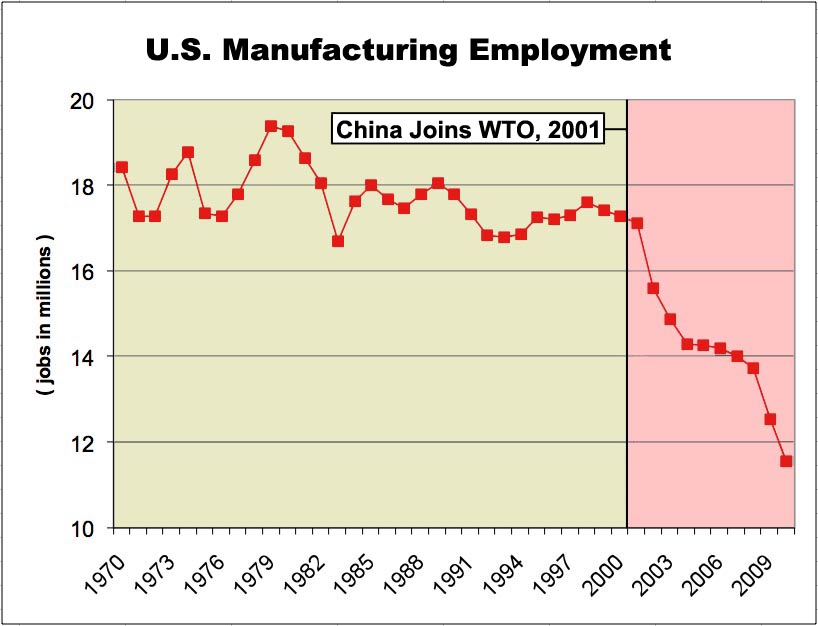
Product Placement in Stores
The complexity of product placement in stores is unknown to most Americans, but it shouldn’t be. The largest profits from the sale of ACME products went to the “Box Retailers”, not to the manufacturer. They made a profit margin of around 30% on each appliance, compared to the paltry 2-3% that the factory earned for making it.
- Walmart
- Sears
- Target
- JC Penny
- Walgreens
- K-Mart
Additionally, these stores placed pricing pressure on ACME to lower the price every year. Walmart had a policy of price reduction that equated to 1.5% off each model, each year.
Now this price reduction was not passed on to the consumers. Nope. The store kept the savings.
Though the price to the “Box Store” would decrease, the sales price would not. Thus resulting in a net gain in profits for the local stores of 1.5% each year for each existing product. This was important, as Walmart maintained a solid 30% mark-up over the factory cost. (The the factory cost mark-up was rarely more than 3%.)
That $100 vacuum cleaner cost $67 to make and ship. The store that you bought it from made $30, the factory made $3.
Globalism was fantastic for the wealthy. Their profits were never larger.
Though, not so good for the local, “Joe Blow” who had a family and needed to work to earn enough to meet the basics of a roof from the rain, cheap food to feed the family, and some beer to dull the senses.
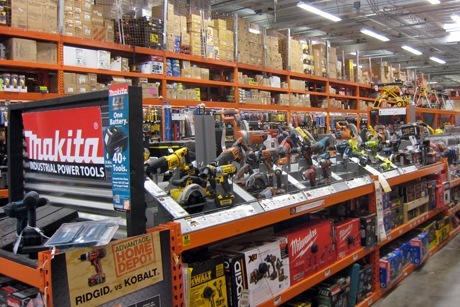
As such, the profits were enormous for the company, and the owners (the ones that conducted the “hostile takeover”) rolled in the cash in mind-boggling amounts.
The amounts of profits were truly mind-boggling.
They used that money to “diversify” their company portfolio. They bought hotels, cruise liners, travel agencies, and were getting involved in Savings and Loan banking. Such was the high-flying life in the 1990’s. (Anyone remember the movie “The Wolf of Wall Street”.)
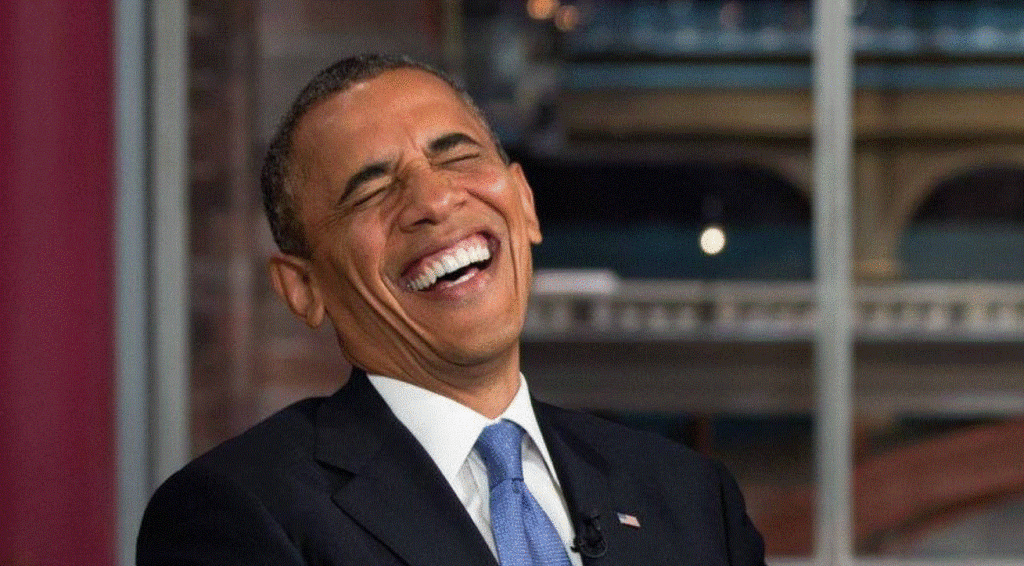
Unfortunately, many of these side ventures failed. Thus additional rounds of layoffs, and downsizing’s continued a pace.
This continued to be the story throughout the industry as the competition to ACME also implemented their modus operandi.
Then came the election of Donald Trump.
President Trump starts a “Trade War”
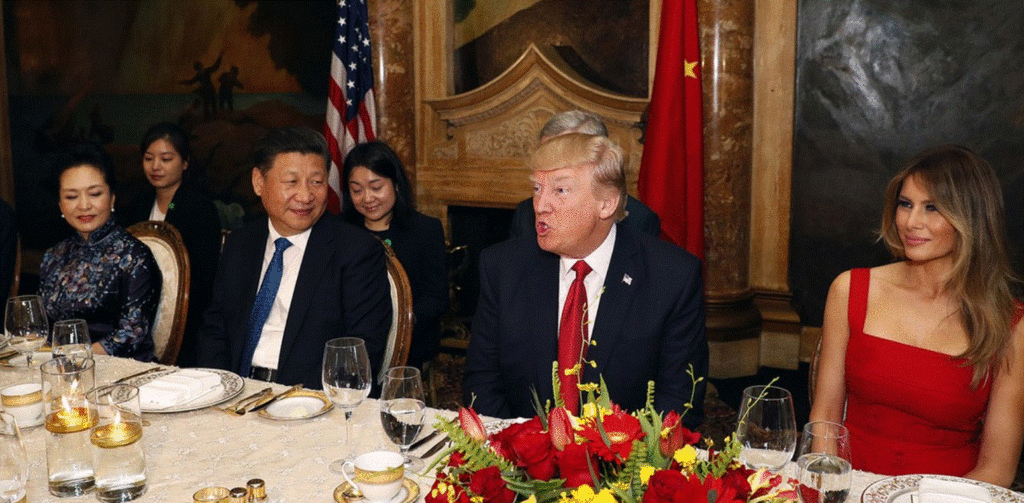
In 2016 though 2019 he raised tariffs on Chinese made products. With the percentage of tariffs constantly increasing. This continued until late Summer of 2019 when he demanded that American companies working and trading with China return their operations back to America.
It most certainly shook the will of most nations around the world.
I know it shook Wall Street, and afterwards, globally all consumers and manufacturers started to slow down operations to take a slower more conservative bent on the matters at hand. They slowed everything way… way down.
It started in 2016, and over the next three years, the global economy started to slow down and cool off. Orders out of America limped forward hesitantly, while orders from Europe kept pace, but were more cautious than before.
Nothing “crashed” as predicted by the “screeching heads” on the “blue panel” debates on television. (All actors reading scripts, and playing roles, don’t ya know.) But things slowed down. Things cooled off. Investors became cautious.
I get a phone call.

In September 2019, I was walking my dog along the beach near my house when my cell phone rang.
I normally don't keep my cell phone with me. But, for reasons related to habit, I had it in my satchel with me.
An old boss of mine, from my ACME days, tracked me down (How he was able to do so, I do not know.) and wanted to know if I would be willing to help them sort out the issues related to relocating their factories back to the United States.
I should have said no.
After all, our history was contentious. For, as soon as I completed my tasks with ACME, they immediately fired me, and made me sign a NDA in order to guarantee that I could get food stamps. No back pay, no severance package nothing. I couldn’t even go back to my office to get my personal effects. Pretty harsh, especially when you consider my very own personal situation…
… I had a wife with a very serious mental illness. And I was splitting my time between dealing with insanity of work issues and visiting her at the hospital. The layoff, at a time when my wife was suicidal, was a severe hardship. Well, for me at least.
Maybe you can handle an hysterical deranged wife painting the bathroom mirror with fingernail polish, while you are trying to “hit the streets” looking for new employment. I could not.
But that’s life. No one gives a rat’s ass about you.

It’s (as they say in America) “just business”. It’s the “American Way”, don’t you know. And you, as an American, should know. This is the truth, and this is the way it is. This is the real deal.
In America… it’s “just” business.
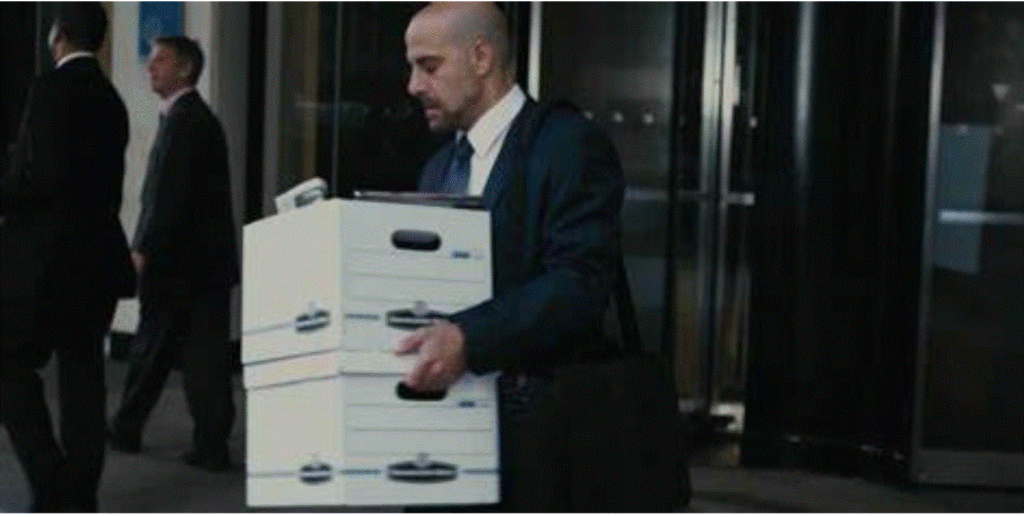
As was true through most of the 1990’s, treating employees as disposable paper cups often resulted in some bloody events.
- Angry man goes on rampage at city hall after being fired
- Aurora Illinois shooting: Gary Martin laid off Henry Pratt
- Laid off worker goes on shooting spree at former company
- 3 dead, 2 wounded in Tulsa shooting spree
- New Orleans Times-Picayune Cuts Entire Staff After Sale
But, in this case I said “yes” to my old boss. I asked a (relatively) enormous sum of money (expecting them to decline), and they agreed. Imagine that! I guess they were desperate.
After about two weeks of sorting out my personal affairs, we had a meeting in the conference room in one of their plush offices. It was on the 16th floor in this really nice (curtain wall) glass and steel structure that resided in Florida. What a life. They had really been doing well. Everything was new, and polished. It was a big change from the “hand me down” desks and cubicle walls that I dealt with back in the 1990’s.
Yeah. It looked something a little like this…
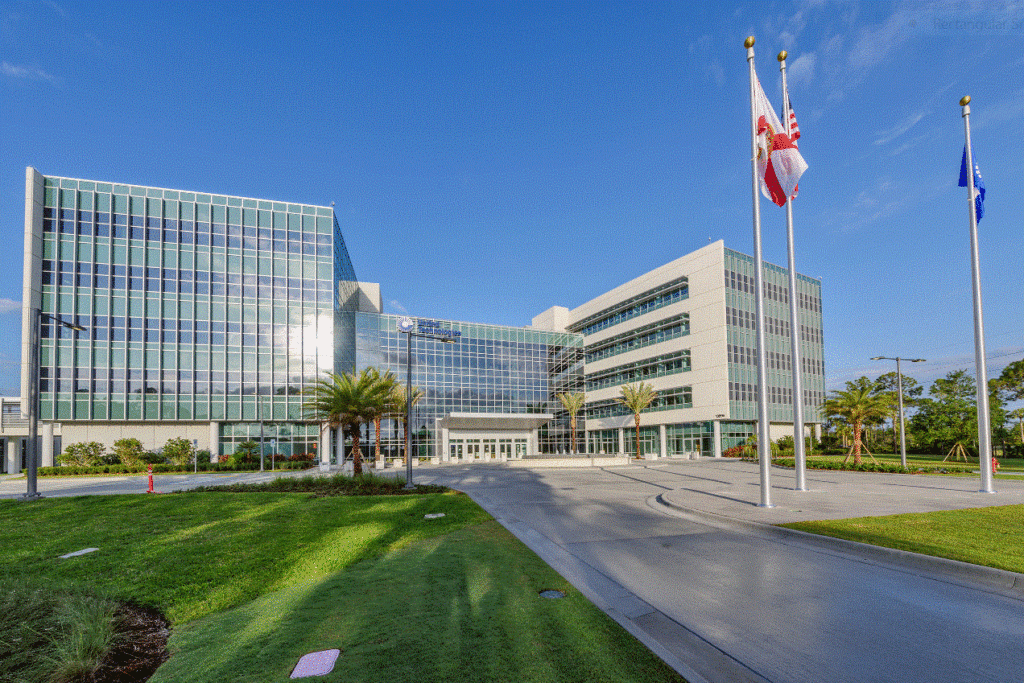
After the initial pleasantries and handshakes (You know, how was the flight, and did I like the hotel, etc.) , they asked me what was involved in moving the factories back to the United States, and so I put together some bullet points and made a PPT presentation to the upper management.
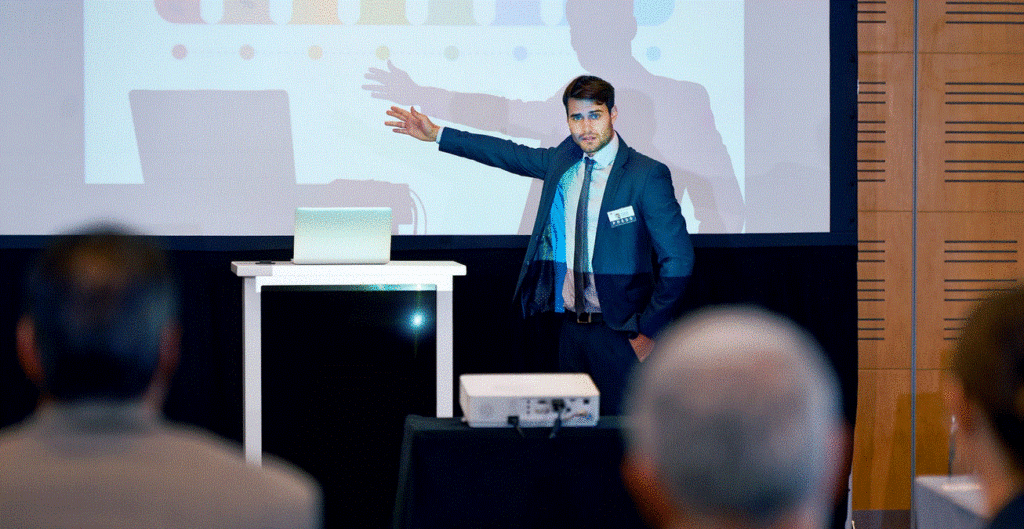
Capital Expenditures
The first point raised, of course, was costs. If you are going to move operations from one physical location to another, you will incur costs. What would those costs be?
The costs incurred would fall under numerous general categories;
- Relocating heavy machinery and equipment (or the purchase of the replacements thereof).
- Rules, fees, taxes and the costs associated with agency regulations that one must pay in the United States to operate a factory there. Do not be under the impression that you can just cut down a tree, install a power line, pave a road, and start putting up a pole building without having American government regulation at all levels involved.
- Fees, charges, and associated bribes that you must pay when you are dealing with local American government. Make no mistake this is a very real issue and one that is kept quite hidden. After all it is quite illegal, and you all don’t want the pristine agencies of the FBI and DOJ putting their retainers on your efforts.
- Rent or construction of new facilities.
- The hiring of new staff to replace the Chinese staff. This will include all benefits as well as the various associated taxes, fees and social security benefits.
- Associated relocation costs.
- Associated tariffs in moving product inventory, and equipment from China to the USA.
It’s not so simple.
If you want to do something, it will cost money. Imagine that you are moving your house from Illinois to Los Angles. There will be costs. There will be the costs for the movers, the gas, the rental of the vehicle and the employment of the moving crew. The same is true for a business. There will be costs.
Some Key Points
Now, I would like to make some relatively important key points regarding moving a factory to China as compared to moving it back to China.
Firstly, consider what ACME did when the relocated the factory from America to China.
- In the mid 1990’s, ACME formed a joint partnership / joint-venture with a Chinese company. ACME would take 70% of the profits, and the Chinese partner would take 30% of the profits.
- ACME then shipped all their heavy manufacturing equipment from America to China. They physically removed it from the American factories, and shipped it to China. Then at the factory, they utilized both American and Chinese labor to set the equipment up, debug it, and shim the mechanisms into working condition.
- However, it was well understood that once you set up a factory within China, you MUST have partial Chinese ownership. You absolutely cannot operate any factory in China without significant Chinese ownership. At that, let it be well understood that the Chinese co-owners MUST have at least 51% ownership in the company. The American owners will NEVER have more than 49% ownership of anything that they own and bring to China. It is Chinese Law (at least back in the 1990’s it was).
Also, let it be well understood that the upper management at ACME knew full well that this was the case. But they did not care. Their focus was on the short term profits, as was their charge. They fully expected that the company would eventually collapse long before there would ever be the need to relocate the factories back to the United States.
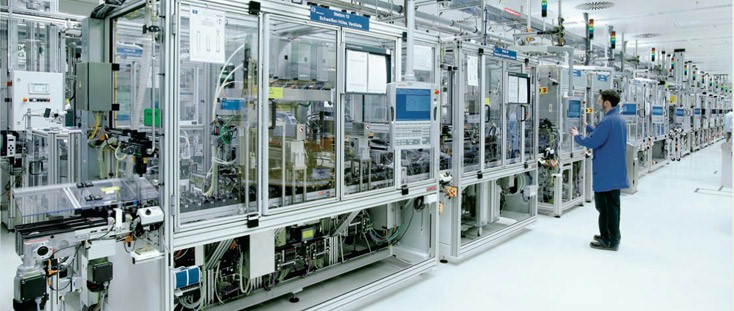
- Thus, any equipment brought into China will now require the co-owner’s (Chinese national) approval to remove from the Chinese factory and ship elsewhere.
- In practice, this is often a big “NO!” There are some cases where the Chinese owner will permit the removal of old or antiquated equipment at a price. Often the price will be at market value or higher.
- So, when ACME moved the equipment into China it was very simple. They moved it, and used their inherent labor to set it up and debug.
Yes, so when ACME relocated entire factories to China, it was a simple matter of firing all the American employees, boxing up the equipment, and handing it over to a Chinese partner. They, in turn, would own the equipment, train and staff the Chinese workers to use the equipment and ship the products back to America.
It was a model that worked well from the 1990’s up to around 2019. Everyone was doing it. American industry, as was Wall-Street, were all focused on quarterly profits. They could not see further than a few years in the future. The Chinese, on the other hand, think in terms of centuries.
- However, to remove the equipment, they will NOW need the Chinese co-owner’s approval. This will often not be easy and it will come at a price. For they will be asking permission from their (now wealthy) Chinese partner to give up all of the capital equipment that resides in his factory. (And make no mistake, at 51% ownership, it is his factory.)
- Please keep in mind that the cost of these manufacturing and assembly machinery are in the millions of dollars. As an example, an automated “brake” used to cut and bend aluminum sheet will equal the cost of a Lamborghini. Now, figure that each factory might have ten such machines at minimum. That is a lot of money.
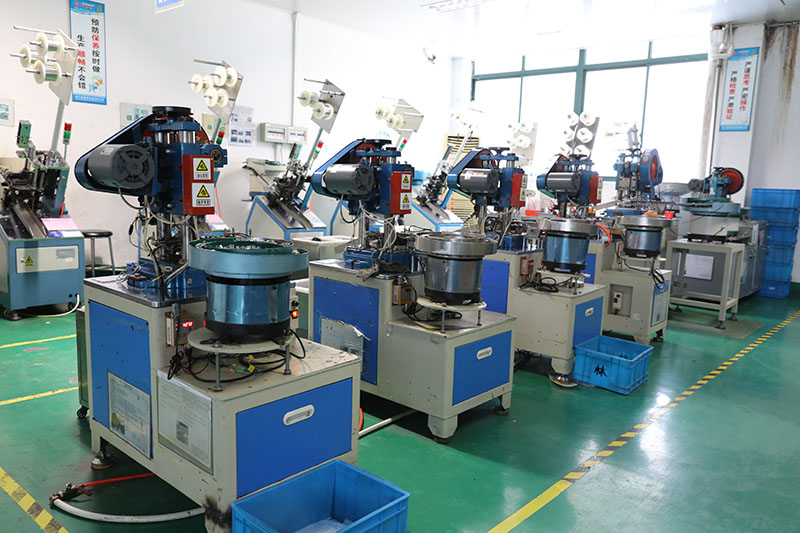
In short, what all this means is that American ownership of a Chinese factory is, at best, at 49%. As such removal of the equipment to America is problematic and will probably NOT occur. The Chinese business partner would keep the equipment, dissolve the partnership once the sales dissolve (easy enough under Chinese law) and end up owning the complete factory himself.
Thus the American partner is then forced to purchase all brand new assembly equipment from scratch and start off all over again. Only this time, due to the ravaging effects of inflation, the cost of the equipment is much more expensive than the initial purchase in the 1980’s and 1990’s. Thus capital equipment expenditures would seriously end up in the hundreds of millions of dollars alone.
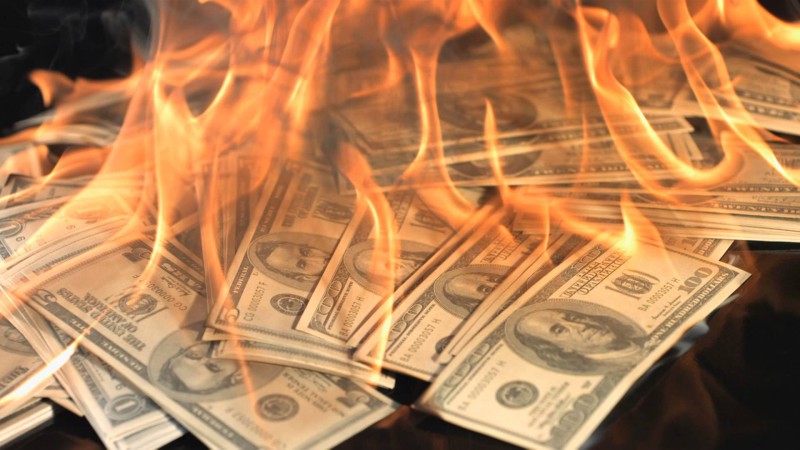
Quick summary; American manufacturing capital equipment is 100% American company owned when shipped to China. American manufacturing capital equipment is only 49% American owned when shipping out of China. The difference in ownership will result in serious costs regarding the purchase of new capital equipment equipment for use within a factory in the United States. If the American management wants to go the legal route to resolve any issues with the Chinese partner, the Chinese legal system will rule in favor of the Chinese national. They ALWAYS rule in favor of the Chinese national. This is the way it works.
To put this in another way; to purchase new automation equipment for an American factory will entail enormous costs.
The only way that a business can purchase replacement capital equipment is with favorable banking and loan arrangements, but even with that, the amortization costs on most typical appliances will be on the order of an increase in 30% to 55% increase in the costs of the appliance.

Is it fair? No. But that is the situation that President’s Clinton, Bush and Obama were all quite satisfied with.
Technically Skilled Leadership
Another issue is the technical staff.
This is something that is given quite a bit of “lip service” in the industry, but is actually just a big smoke screen. If talented technical staff were actually important they would never be laid off. Right?
Well… Right?
Right?
Yet we know, by salary and HR surveys that the average duration for a technical (American) degreed professional (in America) at a singular job is less than two years. And, at that, the vast reason for their egress from the company was through firings, layoffs, right-sizing or what ever euphemism that might be popular at the time of the layoff.
Like I said. It’s a lot of words with no substance.

Well, that is all just fine and day, except when you are talking about relocating a factory.
For you NEED these people, and you NEED their expertise. Otherwise, you will have all sorts of problems in production, resulting in quality disasters, and severe production delays.

No we are not talking about line supervisors, and accounting clerks. We are talking about the engineers that maintain and operate the complex automated machinery. We are talking about the design, industrial, manufacturing, and mechanical engineers that make the production lines hum efficiently.
Oh, yeah.
They used to be plentiful in the United States, but over the last three decades they have become a dying breed. Most, once laid off, could not find other similar work and so they migrated into other occupations.
When our nation’s coal miners found themselves out of work, the left-media gleefully told them that they need to “learn to code.” After all, they were dinosaurs working, literally, with dinosaur fuels and needed to be reeducated for the global, technological economy. The condescending chant that rained down from the privileged ivory towers of the leftist elite: Learn. To. Code. -Legal Insurrection
Some became bakers, while other ended up delivering mail for the Post Office. Some became teachers, while others became Bus Drivers. Maybe some even “learned to code”, as the Mainstream News Media laughingly taunted the unemployed professionals.
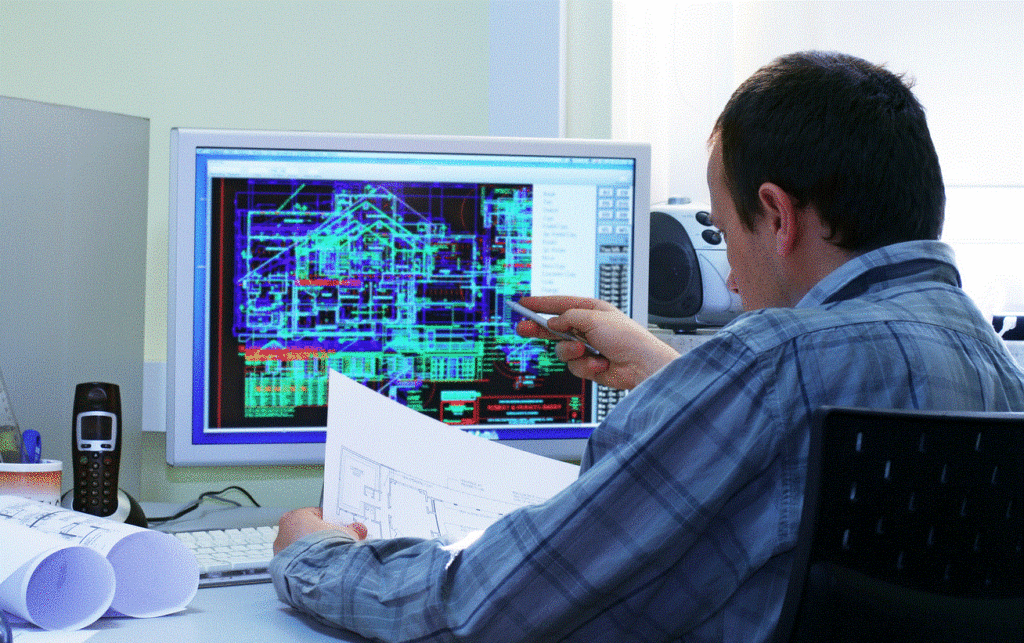
They, like myself, were forced to migrate to where the work is. If you are lucky, you never need to change and swap jobs. But during the 1990’s this was a near impossibility.
There are very few active technical factory experts in the United States today that are able and willing to relocate to a new post-China startup. They exist, but are decidedly no longer as plentiful as they once were. As such, once you find them, you will need to pay them a premium salary for their knowledge and experience.
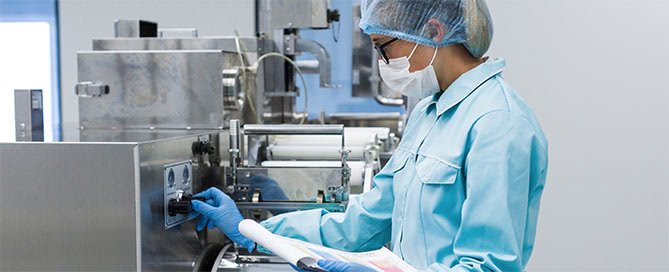
Now, that does not mean that they cannot be found.
They exist and are available in America. However you will need to pay them American salaries, and American benefits. Often with a benefit package that is ten times that of what the companies have been accustomed to paying their Chinese technical staff.
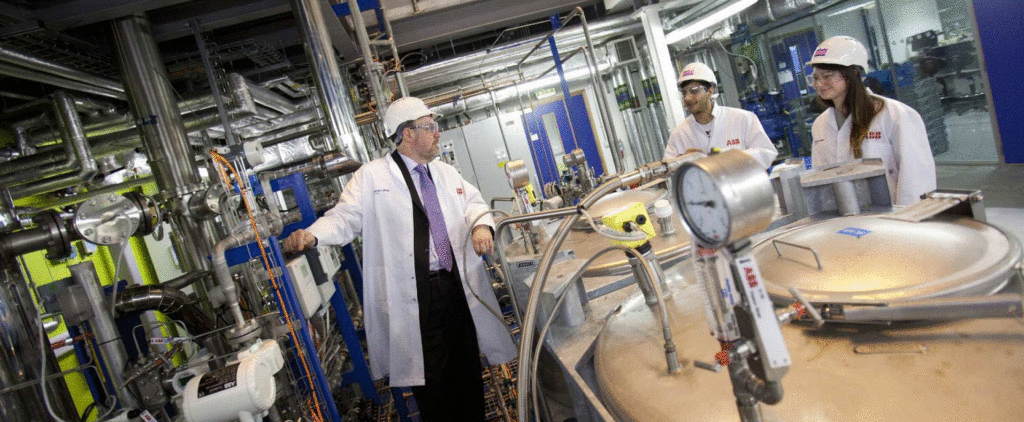
So ,yes there are technical staff that can be hired within America to work and maintain the factories. However, the cost to employ them will require a budget at lest ten times larger than the budget that is already allocated for the staff at a comparative Chinese factory. This cost will be added on to the cost of the product manufactured at the factory.
Training of staff
Compared to the two previous issues, this one is not as serious. It simply means that all those American workers that ACME must hire to work in the newly relocated factory must be trained. You would think that it wouldn’t be too much of an issue. We have been training workers to work in factories in America for many, many decades.
Only one problem though.
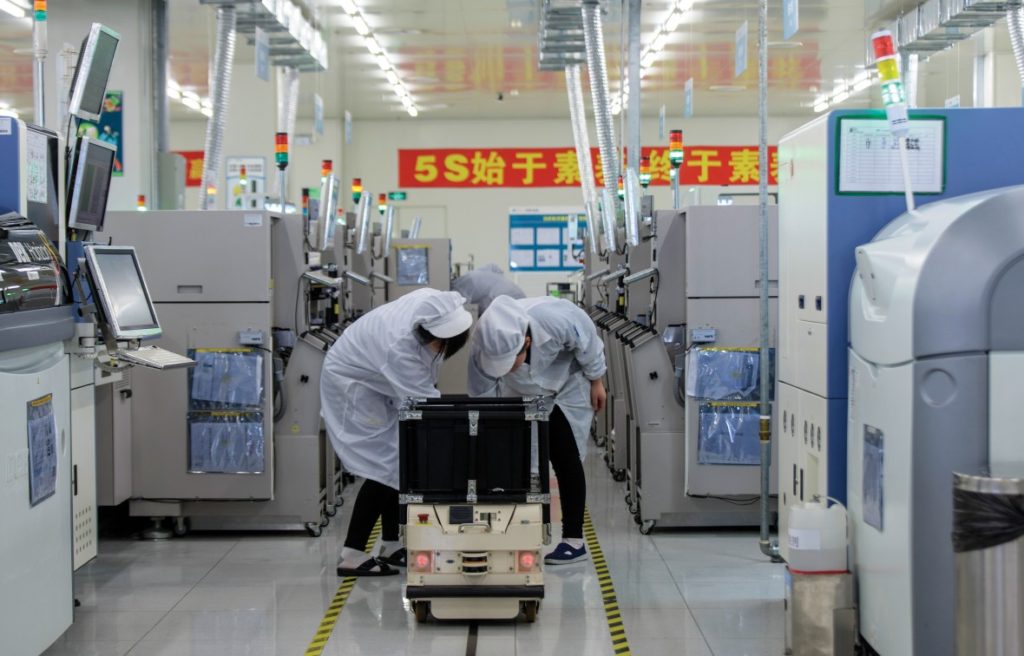
The people who know how to make the specialized products that ACME makes no longer exist in the USA. The Americans that used to know are all gone. Either they found new work when they were fired back in the 1990’s, or are now retired.
The ones that know how to operate the (new and improved) machinery, check the quality of the product, and are knowledgeable to quickly debug the process when things go wrong are all Chinese.
Which means, of course, to train your new workers, you must use existing skilled Chinese workers to do so.

You have two options;
- Obtain a H1-B visa for the Chinese staff and use them to train and supervise the new American workers.
- Ship all the new American workers to China for hands-on training at the Chinese factory prior to shipping the equipment back to the United States.
Both options have been used by various companies over the last few years. Each option has some pros and cons associated with it.
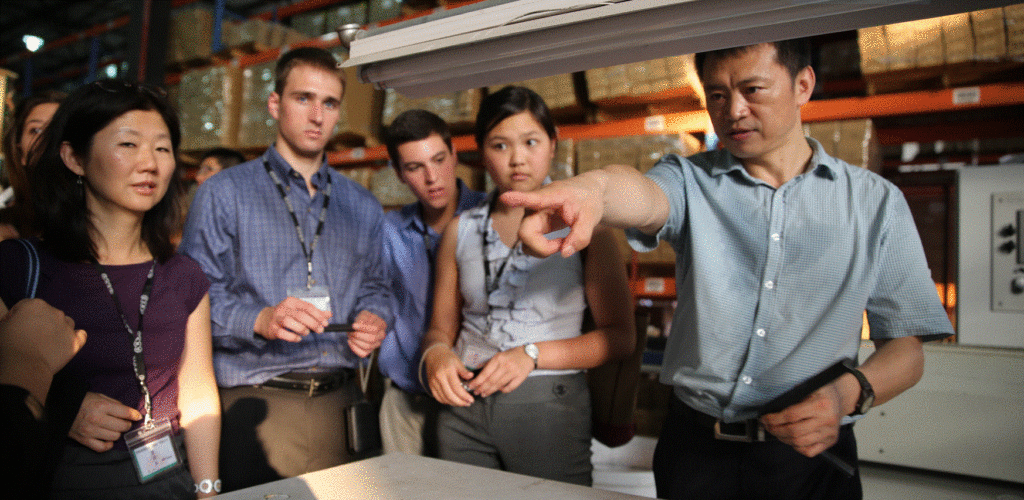
However, the reader should note that due to the availability of the H1-B visa in the United States, the ACME leadership discovered that they would have to wait a year to apply for new visas, as all the existing visas were taken by software engineers out of India. Thus forcing the more expensive route to ship Americans to China to train how to use the equipment.
Training of Americans to work in the returned factory from China will necessitate the training by Chinese nationals. This will be conducted either in China or in the United States depending on the availability of visa access.
Breakup of Global Relationships
Of course, in order to return an American factory out of China and back to the United States, there will have to be a period of contentious negotiation between the owners.
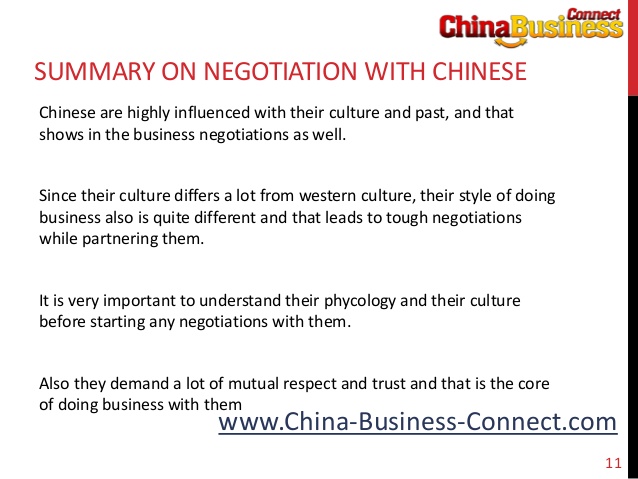
After all, and I hope that I made this clear, an “American” company residing in China is NOT 100% American owned. No. Instead it is a joint venture / partnership with the Chinese partner owning controlling interest of the entire factory, technical skills, intellectual property and capital equipment.
For any American company to do this will create a period of discomfort and strife, as most Chinese owners will not want to relinquish any controlling interest, nor deplete their internal resource pool. He would fight, aggressively, any attempts to dissolve the relationship, ship components back to the United States and have access to stock and supplier interests.
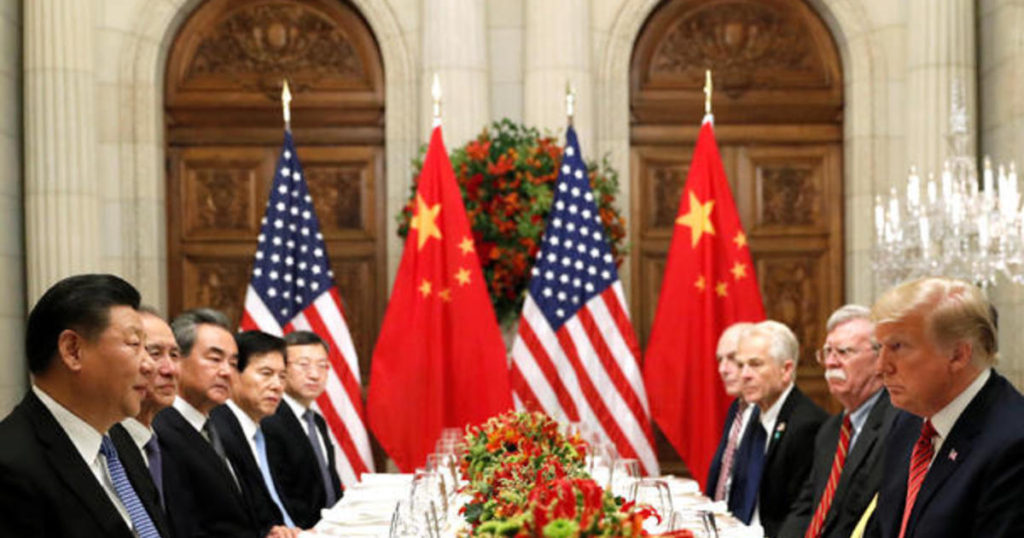
This entire matter would be contentious. As a result, most American corporate executives would refer the entire matter to their American legal branch to handle. But, and you all should know and realize this, American law has no jurisdiction in China. Chinese law is what is followed, and the courts will almost always rule in favor of the Chinese nationals.
The Chinese legal system will ALWAYS rule in favor of the Chinese national.
When ACME tried to dissolve their partnership with the joint venture, and went the Chinese legal route, the courts ruled that not only did the American firm not have any legal standing, but they then awarded the American 49% legal controlling interest to the Chinese factory owner as punitive punishment.
Thus as a result, the ACME American company ended up with 0% ownership of the company, with their Chinese partner ended up with 100% ownership.
China is a serious, serious nation. They do not fool around, and they have laws that protect Chinese nationals. Americans should realize this and consider alternative solutions to any legal issues instead of going through the “proper” legal avenues.
Loss of Market Share in China
How things have changed. I’ve since returned to China many times, and I’ve watched its economy grow to become the second-largest in the world. Based on purchasing power parity (PPP), it’s the largest. And according to Credit Suisse, the size of China’s middle class has for the first time overtaken the U.S. to become the world’s most populous—109 million Chinese compared to 92 million Americans. -Frank Talk
It might surprise many typical Americans, but China is a POTENTIALLY much larger consumer market than America is.
Presently the United States is the world leader in consumer product purchases, but that will change in the future. Most projections place China in the leadership role in the early to middle 2030’s.
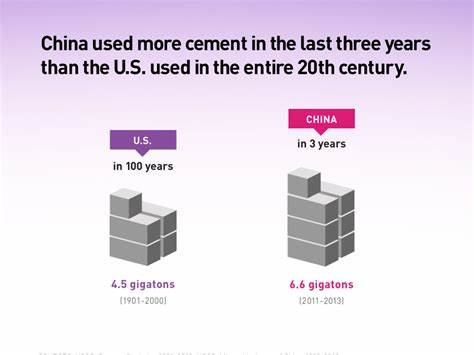
Thus, if you want to have a global “slice of the pie” for what ever products you make, you will need to sell them in China.
Now, in order to sell products in China, you will need a Chinese “presence”. This can be a regional headquarters, a partner factory, or some other kind of legal entity to “open the door” for your products to be sold in China.
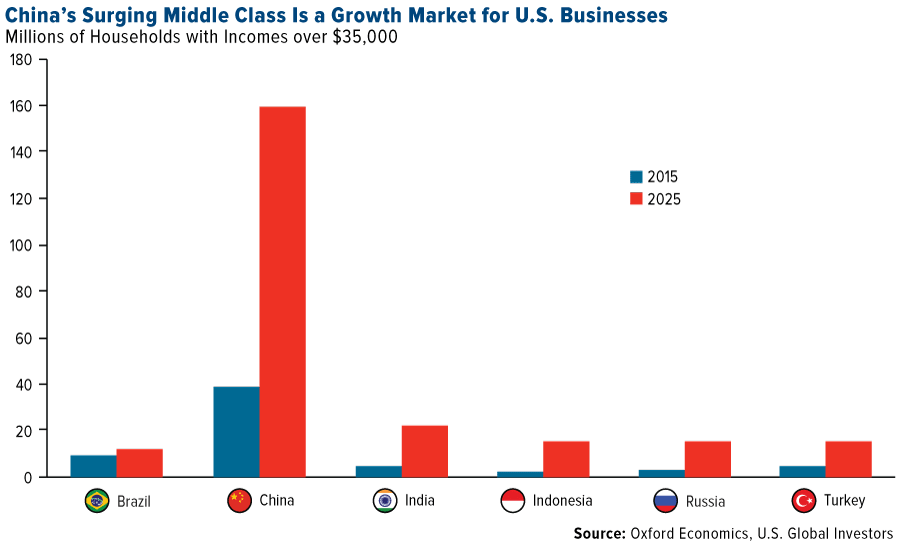
Do not be under the erroneous assumption that you can just carry some of your products to China and then just sell them openly. Nope.
All products must meet Chinese regulatory requirements.
It is similar to that in the USA. (Remember the Billionaire Boys Club where they were having a difficult time importing Mercedes Benz automobiles into the USA because they would not meet the emissions requirements?)
- The True Story of the Billionaire Boys Club – Filthy Lucre
- Billionaire Boys Club: Money, Murder & a Missing Corpse
- Billionaire Boys Club (2018 film) – Wikipedia
- Billionaire Boys Club – Free Joe Hunt
Now, it is far, far easier to sell American made, or American sourced (out of a Chinese joint-venture, or a WOFE) than trying to exporting the product directly to China. There is already a legal presence within China.
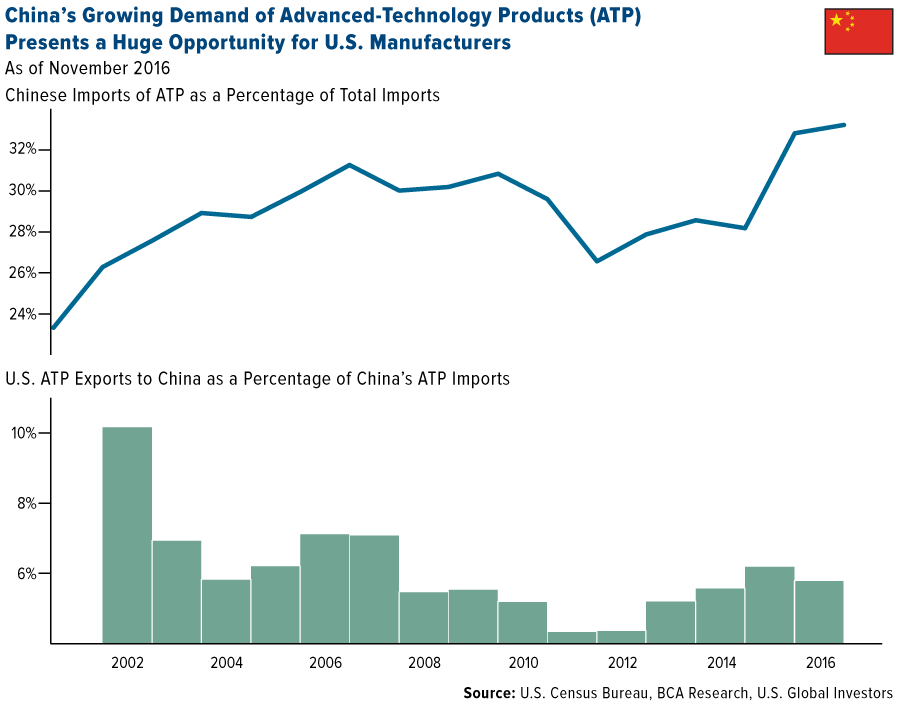
Corporate Identity
What ever you do, you must maintain your logo and trademark or else you would no longer have any kind of “product identity” associated with your products. However, if you have partnered with a Chinese factory to make your products, then THEY, not you, own the registration and trademarks within China.
By relocating the “American” factory to America out of China, ACME ran the risk of totally closing off the Chinese Market. This is because their Chinese partner OWNED all royalties, Logos, Copyright, and trademarks for the ACME brand. Under Chinese law, as practiced, the Chinese person who first manufactures a logo, or uses a symbol automatically owns the rights to it. Once ACME leaves, they can never return back to China and use their brand. If they did so they would be in violation of Chinese law.
Long Term Consequences
I long ago concluded that the world will eventually essentially divide into two spheres: China and the United States. But what I have not been able to figure out is what that will mean overall nor what that will mean for particular regions and countries. In particular, I get stuck when trying to figure out which countries will go to which side. I have always believed some countries will essentially be required to choose between the United States and China, some countries will want to choose between the United States and China, and some countries will want to straddle between the United States and China. -China Law Blog
China is growing and it appears that the United States does not appreciate competition. The USA wants to maintain it’s role as a global superpower, fighting and policing the globe by taxation of it’s citizenry. While China is looking for economic dominance through cooperation with national partnerships.
Non-American Factory Sites
You know, you do not need to relocate the factory back to America. you can relocate it to another nation with similar conditions to China. Here, you can make a joint venture partnership between the Chinese factory and a local factory, say in Cambodia, Vietnam, or Laos.
Pass-Through Trade Logistics
There are work-arounds. Products made in China, can be shipped to a nation that does not have Trump-level tariffs against it. The shipping container would then go to this second “pass through” nation, the documents would then specify that it was made and originated out of the third nation. Then shipped to the United States.
Of course, it is possible that the economic pain China is feeling from the trade war has been mitigated by some businesses trying to “work around” the tariffs. This is typically done by exporting to an unsanctioned country where some “value added” is created before being shipped onto the final destination – thus avoiding the tariff. This is a tried and tested formula with one of the more extreme examples being Russia. It takes time to find alternative suppliers from different countries or to develop domestic ones. When sanctions were first imposed on imports from the EU, Russia companies used business relationships to import EU products via 3rd party countries, including Belarus. This put up costs, but ensured supply chains could continue functioning until alternatives were found. If that has indeed been happening as a result of the US-China stand-off, the most likely avenue is Vietnam. While US imports from Korea, Malaysia and Taiwan have certainly increased, it is from Vietnam that they have surged. ... ... It is difficult for an economy to build extra production capacity and related supply chains in a short period of time to substitute even part of the production from China. Vietnam’s manufacturing production growth was quite flat at around 10% year-on-year in 2019. It was even slower in 2018. It is hard to believe that the surge in Vietnam’s exports to the US (in US dollar terms, remember) has all come from production within Vietnam. The obvious response is that it hasn't. Chinese exports to Vietnam have displayed a strong upward growth trend in 2019, which is in contrast to the slowdown in 2018, and also in contrast to the moderately flattish growth of Vietnam’s production. -ING
This is a mature solution. Many of the products that American believe are made in Germany, Japan and Korea are actually made in China. They are made in China and then shipped and stored in the respective warehouses for later shipment to the United States.
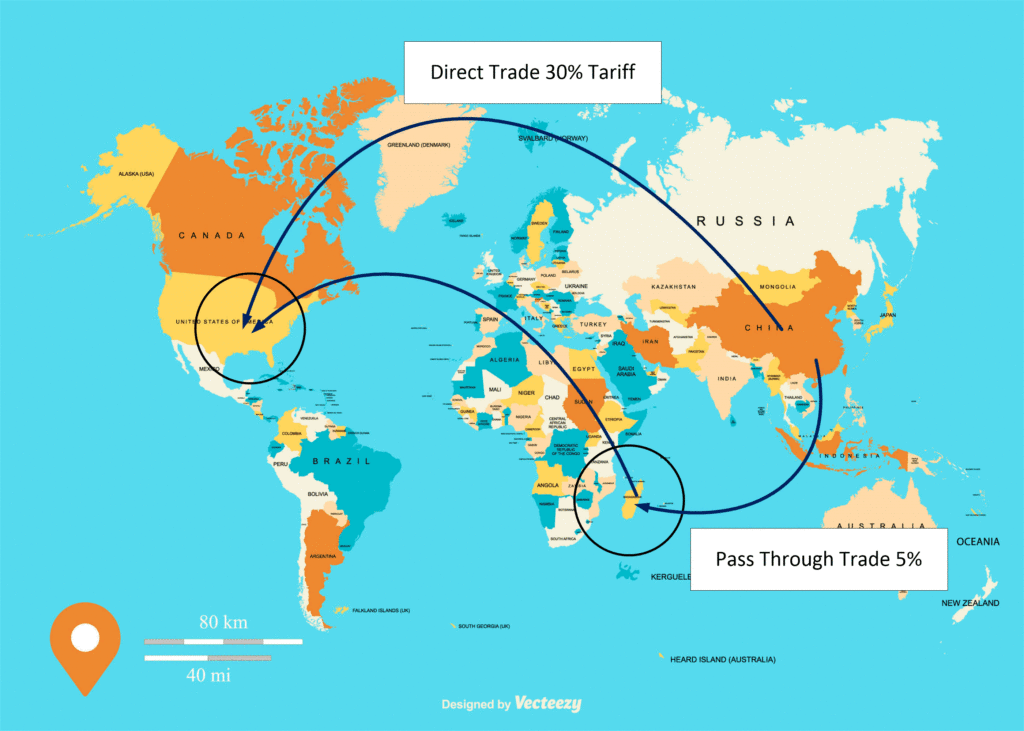
This option might increase the price of the products from 1% to 5%. This is a viable solution as opposed to the 30% to 40% tariffs that Donald Trump is talking about.
Some Really Good Links
- When Will the US-China Trade War End? It’s the New Normal
- Rumors and Facts Regarding Foreign Companies Doing Business in China or With China
- China’s New Company Tracking System: Comply, Comply, Comply
- The US-China “Cool War”
- Who Pays the Tariffs on China Imports? President Trump vs. CNN and What YOU Can do NOW to Reduce Your China Prices
- Labor Shortage In The United States Becoming An Increasingly Dire Issue
- How U.S. Companies Decide Where To Locate Their Chinese Factories
- Negotiating in China: Jack’s Ten Rules for Success.
- China’s happy future: One system, six countries.
- All the World’s Coal Power Plants in One Map.
- The Trade War Is Flooding the U.S. with Soybeans. Luckily, They Could Be Better for Us Than We Thought.
- No Mercy/No Malice: WeWTF.
- Why the U.S.-China trade deficit is so huge: Here’s all the stuff America imports
- China Sets Stage To Replace U.S. As Global Trade Leader
- Understanding the US-China Trade Relationship
Conclusion
"The Trump administration made a very serious miscalculation in launching the ‘trade war’ with China. It believed that either, or both, the leadership of China would submit to the Trump administrations threats or the Chinese population would not be prepared for a serious struggle with the US. Both calculations have proved entirely wrong. China’s leadership did not surrender to but hit back against the US attacks. Furthermore anyone who follows China’s domestic discussion, on what is now by far the world’s largest internet community, knows that this line was strongly supported by the Chinese population." - China prepares for economic ‘prolonged war’ with Trump
There are many considerations that a company must take into account when faced with a Presidential decree that the company relocate from China to the United States. It’s a complex issue with many facets.
When discussing relocation of American factories back to America you must also include the contentious corporate history over the last four decades that led up to the situation that exists today. Nothing happens in isolation. It is all the result of society, and corporate behaviors that are nurtured by the political class in Washington D.C..
In any event, it is up to each individual company to determine what actions would be in their own corporate interests. I would advise obtaining knowledgeable legal representation, and employment of experienced “old hand” expats residing in China, rather than some “expert” out of an “ivory tower” in Los Angles.
Other great articles
Here’s some articles by others in the business. They pretty much say the same things as what I am presenting here. Only they are better written. LOL.
- Moving Supply Chains From China to Southeast Asia/South Asia: It’s Not as Easy as it Looks
- Moving Manufacturing from China: Where you Gonna Run?
- Moving Supply Chains From China to Southeast Asia/South Asia: It’s Not as Easy as it Looks
Links about China
Here are some links about my observations on China. I think that you, the reader, might find them to be of interest. Please kindly enjoy.

























China and America Comparisons
As an American, I cannot help but compare what my life was in the United States with what it is like living in China. Here we discuss that.











The Chinese Business KTV Experience
This is the real deal. Forget about all that nonsense that you find in the British tabloids and an occasional write up in the American liberal press. This is the reality. Read or not.




















Learning About China
Who doesn’t like to look at pretty girls? Ugly girls? Here we discuss what China is like by looking at videos of pretty girls doing things in China.





Contemporaneous Chinese Music
This is a series of posts that discuss contemporaneous popular music in China. It is a wide ranging and broad spectrum of travel, and at that, all that I am able to provide is the flimsiest of overviews. However, this series of posts should serve as a great starting place for investigation and enjoyment.


















Parks in China
The parks in China are very unique. They are enormous and tend to be very mountainous. Here we take a look at this most interesting of subjects.









Really Strange China
Here are some posts that discuss a number of things about China that might seem odd, or strange to Westerners. Some of the things are everyday events, while others are just representative of the differences in culture.














What is China like?
The purpose of this post is to illustrate that the rest of the world, outside of America, has moved on with their lives. That while they might not be as great as America is, they are doing just fine thank you.
And while America has been squandering it’s money, decimating it’s resources, and just being cavalier with it’s military, the rest of the world has done the opposite. They have husbanded their day to day fortunes, and you can see this in their day-to-day lives.









Summer in Asia
Let’s take a moment to explore Asia. That includes China, but also includes such places as Vietnam, Thailand, Japan and others…












Some Fun Videos
Here’s a collection of some fun videos taken all over Asia. While there are many videos taken in China, we also have some taken in Thailand, Vietnam, Cambodia, Korea and Japan as well. It’s all in fun.

















Articles & Links
You’ll not find any big banners or popups here talking about cookies and privacy notices. There are no ads on this site (aside from the hosting ads – a necessary evil). Functionally and fundamentally, I just don’t make money off of this blog. It is NOT monetized. Finally, I don’t track you because I just don’t care to.
- You can start reading the articles sequentially by going HERE.
- You can visit the Index Page HERE to explore by article subject.
- You can also ask the author some questions. You can go HERE to find out how to go about this.
- You can find out more about the author HERE.
- If you have concerns or complaints, you can go HERE.
- If you want to make a donation, you can go HERE.

